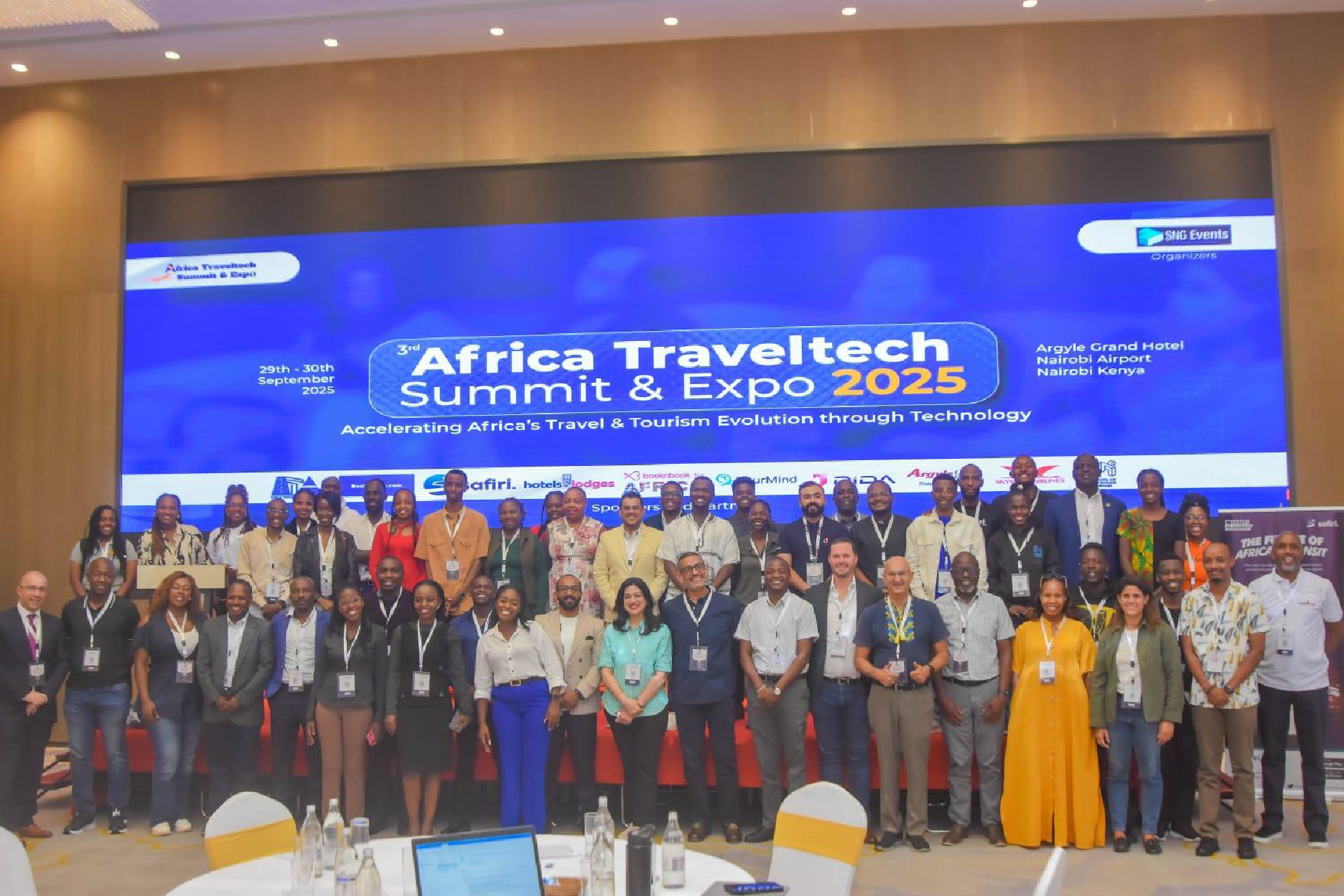Booking airline tickets, in the early days of commercial air travel, was a complicated process. It took a travel agent almost an hour just to reserve a single flight ticket. Talk about the amount of manpower and hours it took to complete a task we take just minutes to accomplish today! As the demand for air travel continued to rise in the 50s, experts within the industry knew it was high time to start automating the booking process.
The age of the airline distribution system dawned with the coming of SABRE. The idea of creating the very first automated booking system was conceived in a meeting American Airlines had with IBM in 1957. When SABRE was finally released in 1964, it could handle more than 7000 bookings in an hour.
The airline distribution landscape continued to develop over the years to incorporate the requirements of trade associations and regulatory bodies.
Implementing these changes was not easy
Some of the iterations made upon the distribution system stripped away the control airlines could have over passenger data, limiting them from offering personalised services. Travel agents had to reserve tickets via complex booking systems and often had a difficult time earning commissions from the tickets they booked.
Before we get into what the current airline distribution looks like, let’s take a look back and see how the distribution system evolved into its present state.

Modernisations within the industry
The airline industry always shunned embracing the latest technology. However reports show the industry taking up efforts to modernise by implementing many technological changes in its manufacturing, booking, ticketing and retailing processes. Some of these include:
- Augmented and Virtual Reality
- Speech and Voice Recognition
- Haptics
- Artificial Intelligence
- Internet of Things (IoT)
- Drones
- E-commerce
- Wearables
The onslaught of bookings through mobile devices also made it necessary for airlines to apply some of these technological innovations within the airline distribution system.
Current landscape of the airline distribution system
There are two ways in which travellers can search and book flight tickets. They could either directly access an airline’s website or rely on a travel agent or an OTA. Although many choose to book on their own, booking via travel agencies comes with a myriad of advantages.
For starters, you can get the best advice to deal with all the hassles that come with planning a holiday or business trip. Secondly, you can get a lot more flexibility in terms of payment. Finally, travel agents usually work with distribution platforms like GDS and NDC that provide access to multiple airlines from a single platform. In this way, travellers can always get a clear picture of all the deals and ancillaries different airlines are providing at the moment.
The airline distribution landscape comprises of direct and indirect distribution channels.
Direct: the traveller directly interacts with the airline without the presence of any intermediaries.
Indirect: the traveller puts a request to OTAs who connect with GDS and NDC systems to check the airline’s inventory. The travel agent then passes on the information to the traveller.
Currently, the distribution landscape is dominated by GDS and NDC. GDS emerged as an evolution to CRS used during the 60s. It was widely used by many travel agents until IATA launched NDC to address the drawbacks GDS posed on airlines and travel agents.
How NDC changes the airline distribution system
The EDIFACT protocol used by GDS made it hard for travel agents to gain full access to an airline’s product offerings. In addition, the complicated nature of these booking systems often led to booking discrepancies and Agency Debit Memos (ADM).
NDC uses an XML based data transmission standard, which not only takes away the complexities within the booking process but also provides airlines the convenience to easily distribute their content to third party providers. With NDC, everyone within the distribution process - airlines, NDC aggregators and travel agents - were on the same page and could communicate with one another using the same syntax to send and receive messages on order and shopping requests.
Verteil Direct Connect (VDC), is a Level 4 certified NDC distribution platform harbouring NDC content of over 40 full service airlines. Our B2B platform and API integration makes it easy for travel agents to carry out all the stages of the booking process in a matter of few minutes. Right from searching for the best flights to processing payments, VDC provides all the information you need right at your fingertips.
Summing up
The airline distribution system has come a long way since its inception in the 50s. They no longer hold the purpose of just automating the booking process but have rather grown to redefine the way airlines could market themselves and put customers at the forefront without depending on archaic technology to do so.
Want to reach out to us?
If you are from an airline, into corporate travel, or a travel agent, we would love to tell you more about how Verteil Direct Connect can help you.
Please write to us on sales@verteil.com for further information.
IATA Agents can register here to get started with Verteil
Non IATA Agents can register here








